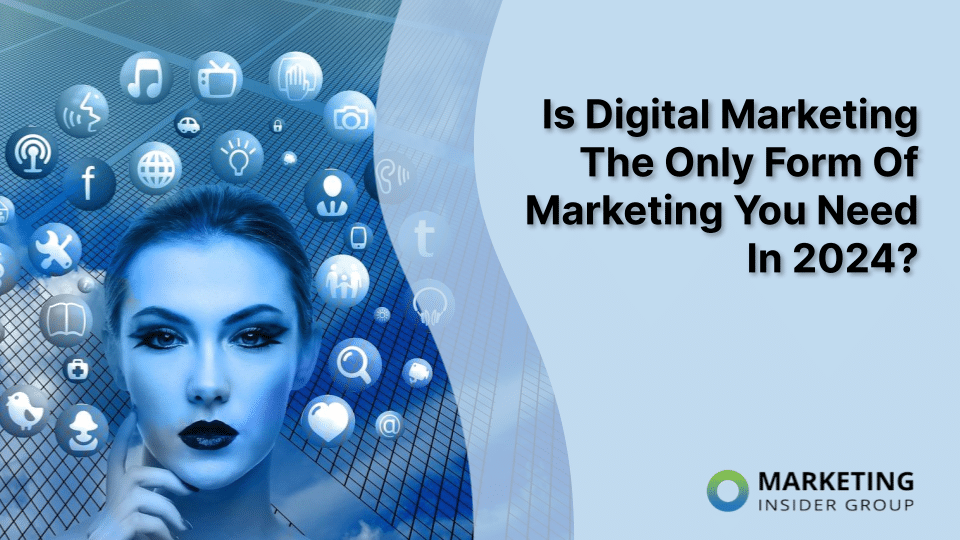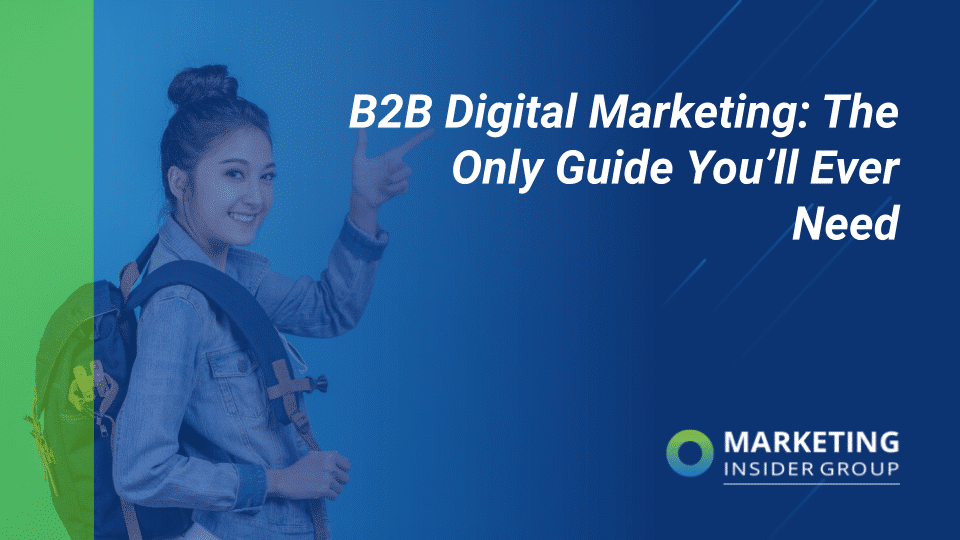
7 Core Digital Marketing Skills You Need in 2023
As a marketer, you’re no doubt aware of the constant changes the world of digital marketing is experiencing. You’re also probably well aware of how these big changes force marketers to constantly adapt and add new skills to their marketing stack.
That’s why it’s essential for marketers to have the ability to adapt to new technology and trends to stay afloat in a highly competitive space.
A competitive advantage as a marketer is highly valuable in such a convoluted, confusing job market and is necessary for professionals wanting to set themselves apart from the competition and advance their careers forward. 2017 will be over before you know it, and it’s important to start preparing yourself personally and professionally for what lies ahead. Make sure you’re ready for what the future has in store–and build a little career insurance along the way. Consider list of essential skills nearly any digital marketer will find useful in 2018 and beyond.
Content Marketing
The core foundation of effective digital marketing – content marketing still remains the “king.”
Brands have increasingly recognized the need to produce high-quality content in order to attract and keep their audiences interested and engaged. The value of content marketing has significantly risen over the past recent years and won’t prove to die down any time soon. Thus, every company how important it is to have a strong team of content developers on their side.
A marketer who can effectively plan, create, and promote compelling content is in demand now more than ever. No matter what field of the marketing umbrella you’re under, recognizing the value of quality content and being able to deliver it is a tremendously valuable asset.
Social Media
Social media isn’t going anywhere – no one can deny the power of social media as it is one of the most valuable tools brands have in increasing brand awareness and reaching their audiences. Social networks have access to massive and highly engaged audiences that no other channel can provide for brands to effectively share and promote their message.
For instance, being proficient in Facebook advertising and fully understanding what kind of strategy works best on the world’s largest social network proves to be a huge competitive advantage. Likewise, knowing what type of visual content is the most effective on Instagram and knowing optimal times to post is something companies look for in digital marketers, especially social media marketers.
Being able to understand the ins and outs of the social media landscape and knowing what works is a skill that every digital marketer should have today and for the future. This is the type of knowledge companies look for to help effectively boost their social media presence and connect with consumers on a personal level.
Video Production
Video is the most effective type of visual content and can significantly drive engagement with audiences for brands. This is especially true for video content on social media platforms. The integration of video content and social proves to be a compelling way to boost brand awareness and ultimately a brand’s bottom-line.
Thus, many brands are focused on marketers who are knowledgeable of video production.
Having any basic skills in video production, editing, and animation as a marketer are unique techniques that companies look for when comparing candidates.
Does your resume look boring and dull? Revamp it by brushing up your skills with video editing tools such as Apple Final Cut Pro X and Adobe Premiere Pro CC.
Data Analytics
The development of sophisticated data analytics tools creates an abundance of data readily available for brands. This information can help businesses get key insights into their consumer behavior, allowing them to effectively improve the customer experience.
Understanding your consumer behavior and tracking the performance of your digital efforts are crucial in ensuring the success of your marketing campaigns. From conversion tracking cookies to GPS data and app activity, the volume of data businesses have access to is overwhelming. Tools like Google Analytics helps you track performance and measure key metrics like conversion and site traffic.
While there may be a wealth of data at hand, effectively knowing how to use it and convert it into valuable information is difficult. Finding marketers who are knowledgeable in reading and translating data serves a huge valuable asset for companies. A data analysis expert who can help businesses sort, organize, and extract meaning and actionable insights from a plethora of data is always in demand.
If you have a knack for crunching numbers, adding data analytical skills to your skillset is a great way to make you more competitive as a digital marketer.
Technical Skills
It’s important to possess technical and analytical skills in an industry that’s being impacted by technology in almost every single aspect.
Technical skills are among the most valuable and highly seeked-out qualities in the digital landscape. Knowing basic HTML and CSS coding languages is an invaluable skill to add to your resume. Sophisticated coding languages like Java and SQL are even more impressive.
Having an understanding of the technical side of a company’s marketing efforts is without a doubt one of the best ways to set yourself apart from the competition.
Design-Forward Thinking
There’s been a huge trend in businesses that are making changes in their organization to adopt a design-first mindset. Whether it’s web, software, or product design; design thinking has become an integral part of effective marketing for a reason.
While it’s important to possess technical skills, it’s essential for marketers today to have the ability to integrate them with creativity to help businesses provide the ultimate customer experience. Marketers who understand and know how to employ design thinking into their work are highly desirable by employers and recruiters who seek to be innovative.
CMS Experience
Almost all businesses use a content management system to help publish, edit and manage their digital content.
WordPress and Drupal are two of the most common content management systems businesses use. Having experience with these types of platforms shows that you’re set to go and ready to help the business push out compelling content and drive ROI!
—-
If you’re looking to add these digital marketing skills to your marketing stack, there is an abundance of tools and resources for you to use. Taking digital marketing courses by Google or simply just conducting your own research are ways to ensure that you keep up with the revolving digital landscape.
Don’t fall behind – continuously working to expand your knowledge and expertise as a marketer is what employers and recruiters look for in candidates. You can never have too many skills so establish yourself as a credible digital marketing expert to successfully advance your career forward in the right way.







Very informative writing. Thank you Mark.
Being a health expert I find this very useful especially when digital world is also important in improving health information and services.
Happy to help Prudence!